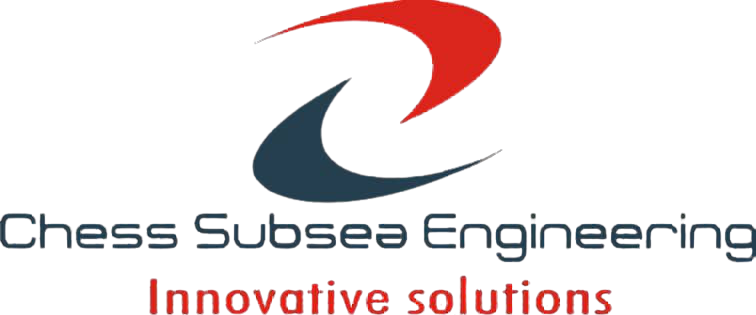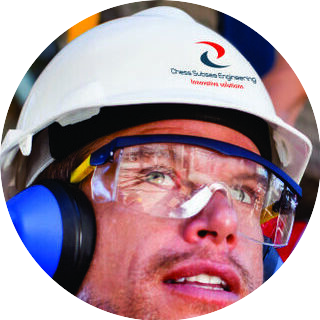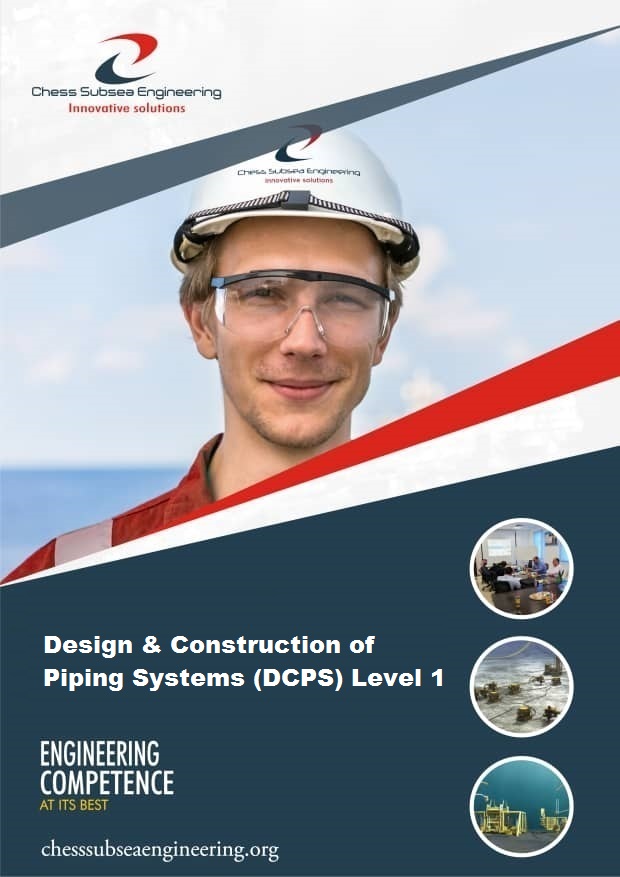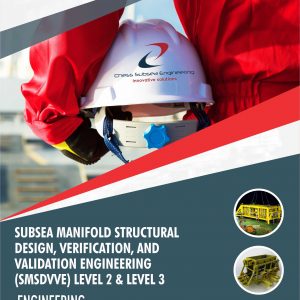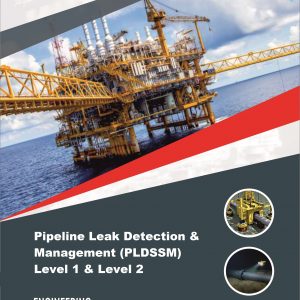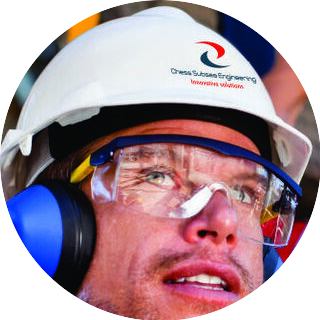Description
Design and construction of piping systems involves the selection of appropriate materials, components, and installation methods to create a safe and efficient system for transporting fluids or gases. Piping systems are used in a wide range of industries, including oil and gas, petrochemicals, power generation, and water treatment.
The design of a piping system involves several key steps including piping layout, material selection, pipe sizing and component selection. Construction of a piping system involves the fabrication and installation of the pipes, components, and support structures. The installation must be done in accordance with industry standards and codes to ensure the safety and reliability of the system.
During construction, several quality control measures are implemented to ensure the integrity of the system, including visual inspections, pressure testing, and non-destructive testing. The piping system must also be tested for leaks and proper functionality before being put into operation.
Overall, the design and construction of piping systems require a thorough understanding of fluid dynamics, materials science, and industry codes and standards. A well-designed and constructed piping system can ensure the safe and efficient transport of fluids or gases in a wide range of applications.
Design & Construction of Piping Systems (DCPS) Level 1 covers design of pressure components, pipe span calculations, design of pipe supports & hangers, Stiffness & flexibility, expansion & stresses, line expansion & flexibility, supports & anchorage of piping, piping flexibility analysis with CEASAR II including adding rigid accessories & supports, stress analysis and more.
Outline
Design of pressure components
Pipe Span calculations
Design of pipe supports & hangers
Stiffness & flexibility
Expansion & stresses
Line expansion & flexibility
Supports & anchorage of piping
Module 1: Introduction
Start new Project & Start modeling
Add pipe geometry
Anchor Modeling
Adding Bends
Insert Nodes
Insert Multiple Nodes
How to Modify Units
Changing Coordinations
Module 2: Adding Rigid Accessories & Supports
Changing Parameters & Insert a Tee
Adding Reducer
Adding valves
Adding Guides
Line Stop & Hanger
Add Nozels & Check errors
Module 3: Stress Analysis
Modeling Piping through Isometric Drawing
Stress Analysis Interpretation & Animation
Modification
Bonus
Assessment
Participant underpinning knowledge of pipeline design & engineering will be accessed with short answer multiple-choice questionnaire at the end of the course.
Outcome
Participant underpinning knowledge of design & construction of piping systems will be accessed with short answer multiple-choice questionnaire and real time piping flexibility analysis with CEASAR II at the end of the course.
Professional Certificate
Issued directly by Chess Subsea Engineering Europe.
Participant may be presented for Offshore Petroleum Training Organization (OPITO) Certification.
How to Register Manually
Click here to download registeration booklet on msword and email completed booklet to info@chesssubseaengineering.org directly.
